Modular EcoSanctuaries – Restoring Aquatic Balance in Miniature
What Defines an EcoReef Miniature Sanctuary
EcoReef Miniature Sanctuaries are handcrafted aquatic refuges designed to replicate natural underwater ecosystems. Built from recycled plastic, twigs, stones, and rubble, they form intricate mazes that protect small fish and aquatic life. These structures mimic coral reefs and mangrove roots, offering shelter and breeding grounds. Their porous design allows for water flow, plant anchoring, and microbial colonization. Small fish use them to escape predators and reduce stress. Shrimp and catfish find ideal breeding zones within their crevices. Aquatic plants root securely, stabilizing the tank’s substrate.
These sanctuaries support both freshwater and tropical environments. They encourage natural spawning and territorial behavior. Their presence reduces aggression and promotes biodiversity. Beneficial bacteria thrive on their surfaces, improving water quality. Algae growth feeds herbivores and balances the food chain. Lightweight and modular, they adapt to any tank size. Their aesthetic appeal enhances visual storytelling in aquariums. They are not mere decorations—they are ecological tools. Their function extends to education, breeding, and restoration. EcoReefs are ideal for DIY setups and commercial use. They offer low-cost, high-impact solutions for aquaculture. Their modularity allows for creative arrangement and expansion. These sanctuaries transform aquariums into living ecosystems.

EcoReef Miniature Sanctuary For Fish Breeding
EcoReef Functions by Species
| Aquatic Species | EcoReef Role | Behavioral Benefit | Breeding Use |
|---|---|---|---|
| Guppies | Dense shelter zones | Reduces stress, encourages play | Protects fry from predation |
| Shrimp | Biofilm-rich crevices | Foraging and molting refuge | Egg-laying and hatchling shelter |
| Catfish | Tunnel-like cavities | Nesting and guarding behavior | Spawning and fry protection |
| Tetras | Open maze with shaded pockets | Schooling and hiding | Encourages natural spawning |
| Bettas | Vertical complexity and soft barriers | Territory definition | Bubble nest protection |
Materials That Shape Aquatic Refuge
EcoReef Miniature Sanctuaries rely on accessible, sustainable materials. Twisted twigs provide structure and mimic root systems. Rough stones add weight and texture. Recycled plastic binds components and resists decay. Natural rope like sisal adds flexibility and organic appeal. Nylon rope offers durability for outdoor or stream use. Empty soda bottles can be reshaped into passageways. Heat guns mold plastic safely and create tunnels. These materials are chosen for ecological compatibility. They resist breakdown and support microbial life. Their textures encourage algae and biofilm growth.
Each component plays a role in habitat simulation. Twigs create vertical complexity for climbing species. Stones offer hiding spots and anchor plants. Plastic forms the skeleton of the reef. Rope binds elements and adds visual softness. The combination creates a balanced microhabitat. Materials are selected for safety and longevity. They must be non-toxic and aquarium-safe. Their arrangement determines ecological success. Modular design allows for experimentation. Builders can adjust density, shape, and flow. These sanctuaries are built with intention and care. They reflect natural systems and ecological principles. Their simplicity hides their biological sophistication.
Ecological Functions in Captive Waters
EcoReefs serve multiple ecological roles in aquariums. They provide shelter for fry and small fish. They reduce predation and increase survival rates. Their crevices offer breeding zones for shrimp and catfish. Aquatic plants anchor securely, stabilizing the substrate. Beneficial bacteria colonize their surfaces, improving water chemistry. Algae growth feeds herbivores and balances nutrients. They reduce aggression by offering hiding spots. Their presence encourages natural behavior and spawning.
They mimic coral reefs and mangrove systems. Their modularity allows for ecosystem layering. They support vertical and horizontal movement. They create microcurrents that oxygenate water. Their surfaces host microbial communities. These microbes break down waste and recycle nutrients. EcoReefs stabilize pH and reduce ammonia spikes. They support biodiversity and ecological resilience. Their complexity reduces stress in captive environments. They offer visual stimulation and behavioral enrichment. Their ecological value exceeds their aesthetic appeal. They are tools of restoration and education.
Material Matrix for DIY EcoReefs
| Material Type | Ecological Purpose | Structural Role | Notes on Use |
|---|---|---|---|
| Twisted Twigs | Mimics mangrove roots | Framework and vertical texture | Use aged, untreated wood |
| Rough Stones | Adds weight and microhabitats | Base stability and anchoring | Avoid sharp edges |
| Recycled Plastic | Core skeleton and binding agent | Forms tunnels and walls | Mold with heat gun |
| Natural Rope (Sisal) | Organic binding and plant tie | Softens structure, adds grip | Biodegradable in freshwater |
| Nylon Rope | Durable for outdoor or stream use | Reinforcement and tension | Ideal for long-term setups |
Breeding Success Through Structural Design
EcoReefs enhance breeding outcomes in aquariums. Their maze-like design protects eggs and fry. Guppies, mollies, and tetras benefit from secure spawning zones. Shrimp lay eggs in crevices shielded from predators. Catfish use tunnels for nesting and guarding fry. Their structure mimics natural breeding habitats. They reduce stress and encourage courtship behavior. Their surfaces host biofilm that feeds newborns. They stabilize temperature and reduce light exposure. Their modularity allows for targeted breeding setups. Builders can create species-specific sanctuaries.
They support both live-bearers and egg-layers. Their design reduces cannibalism and aggression. They offer privacy and territorial boundaries. Breeding success depends on environmental cues. EcoReefs provide those cues through structure and texture. Their presence increases fry survival rates. They support multi-generational breeding cycles. Their ecological design promotes reproductive health. They are essential tools for sustainable aquaculture.

Ecological Functions For Aquatic Species
Anchoring Aquatic Plants with Precision
EcoReefs serve as anchors for aquatic vegetation. Their rough surfaces grip roots and stems. Twigs and stones stabilize plant growth. Recycled plastic forms a durable base. Rope binds plants without damaging tissue. Their structure supports vertical and horizontal rooting. They prevent uprooting during water changes. They reduce substrate disturbance and erosion. Plants thrive in their protective crevices. They offer shade and shelter for fish. Their presence reduces algae overgrowth.
They balance oxygen production and nutrient uptake. They support photosynthesis and microbial symbiosis. Their design encourages plant propagation. Builders can attach mosses, ferns, and grasses. Their modularity allows for layered planting. They create underwater forests and meadows. Their ecological role extends to filtration. Plants remove toxins and stabilize pH. EcoReefs enhance plant health and growth. They are essential for planted aquariums.
Modular Design Options
| Configuration Style | Description | Best For | Visual Impact |
|---|---|---|---|
| Stackable Towers | Vertical layers of reef units | Shrimp, fry, and moss anchoring | Creates depth and height |
| Interlocking Arches | Curved tunnels with side entry points | Catfish and territorial fish | Organic, flowing structure |
| Grid Clusters | Flat, repeating modules | Schooling fish and plant beds | Balanced, minimalist layout |
| Spiral Cores | Central vortex with radial branches | Exploration and hiding | Symbolic, dynamic centerpiece |
| Floating Platforms | Suspended units with root hangers | Surface dwellers and bettas | Adds vertical movement |
Visual Impact in Aquatic Storytelling
EcoReefs transform aquariums into visual narratives. Their organic shapes evoke natural landscapes. Twigs resemble mangrove roots and driftwood. Stones mimic riverbeds and coral rubble. Plastic forms abstract reef skeletons. Rope adds softness and texture contrast. Their arrangement creates depth and movement. They guide the viewer’s eye through the tank. They highlight fish behavior and plant growth.
Their presence adds symbolic resonance. They represent restoration and ecological balance. Their textures invite close observation. Their modularity allows for artistic expression. Builders can create themed environments. They support storytelling through design. Their visual impact enhances educational exhibits. They evoke curiosity and emotional connection. Their aesthetic complements minimalist and lush setups. They are tools of visual ecology. They elevate aquariums from containers to ecosystems.
Behavioral Enrichment for Aquatic Species
EcoReefs promote natural behavior in captive fish. They offer hiding spots and territorial zones. Fish explore tunnels and crevices. Shrimp forage on biofilm-covered surfaces. Catfish nest and guard fry in tunnels. Their structure reduces stress and aggression. They encourage courtship and spawning rituals. They support schooling and solitary species. Their presence increases activity and exploration. They mimic natural habitats and cues. Behavioral enrichment improves fish health. It reduces disease and mortality. It supports immune function and growth. EcoReefs offer sensory stimulation. Their textures and shapes engage fish. Their modularity allows for behavioral customization. Builders can adapt reefs to species needs. Enrichment improves breeding and social dynamics. It enhances aquarium observation and enjoyment. EcoReefs are tools of behavioral ecology.
Microbial Colonies and Water Chemistry
EcoReefs host beneficial microbial communities. Their surfaces support nitrifying bacteria. These microbes convert ammonia to nitrite and nitrate. They stabilize water chemistry and reduce toxins. Their presence improves fish health and survival. Microbial colonies form biofilms on rough surfaces. These biofilms feed shrimp and fry. They support nutrient cycling and waste breakdown.
They reduce algae blooms and pH swings. Their role is invisible but essential. EcoReefs act as biological filters. They complement mechanical filtration systems. Their modularity increases surface area. More surface means more microbial activity. Their design supports aerobic and anaerobic zones. They balance oxygen and carbon dioxide levels. They reduce stress and disease outbreaks. Their ecological function is foundational. EcoReefs are microbial sanctuaries. They restore chemical balance in aquariums.
Ecological Benefits Breakdown
| Functionality | Ecological Impact | Aquarium Benefit | Symbolic Value |
|---|---|---|---|
| Microbial Colonization | Supports nitrogen cycle | Stabilizes water chemistry | Invisible life support |
| Plant Anchoring | Promotes rooted vegetation | Reduces substrate erosion | Growth and grounding |
| Fry Protection | Increases survival rates | Boosts breeding success | Nurture and resilience |
| Algae Hosting | Feeds herbivores naturally | Reduces need for supplements | Self-sustaining food web |
| Behavioral Enrichment | Encourages natural instincts | Reduces aggression and stress | Harmony through structure |
Modular Design for Adaptive Ecosystems
EcoReefs are built for modularity. Each unit connects or stacks with others. Builders can create complex reef systems. They adapt to tank size and shape. Their design supports vertical and horizontal expansion. Modular reefs allow for experimentation. Users can test layouts and flow patterns. They support species-specific configurations. They enable seasonal or breeding adjustments.
Their flexibility supports educational setups. They can be rearranged for observation. Their modularity reduces waste and cost. Builders reuse components and adapt designs. They support collaborative aquarium projects. Their structure invites creative problem-solving. Modular design reflects ecological principles. It supports resilience and adaptability. EcoReefs are not static—they evolve. Their modularity mirrors natural systems. They are tools of ecological engineering.
DIY Construction for Sustainable Aquaculture
EcoReefs are ideal for DIY builders. Materials are affordable and accessible. Twigs, stones, and plastic are easy to source. Rope and bottles are household items. Heat guns shape plastic safely. Construction requires minimal tools. Designs can be simple or complex. Builders follow ecological principles. Each reef reflects personal creativity. DIY reefs reduce aquarium costs.
They support sustainable aquaculture. Builders learn ecological design through practice. They engage with aquatic life directly. DIY projects foster stewardship and education. They offer income opportunities through sales. Builders supply local aquariums and breeders. DIY reefs support community engagement. They promote ecological literacy. They restore meaning to aquarium design. EcoReefs are tools of empowerment.
Commercial Applications in Aquatic Industries
EcoReefs serve commercial aquaculture and retail. Breeders use them for fry protection. Stores use them for display enhancement. Educational centers use them for teaching. Their modularity supports large-scale setups. They reduce mortality and improve breeding. They stabilize water chemistry in retail tanks. They enhance visual appeal for customers. They support species-specific housing. Their low cost improves profit margins. Their durability reduces replacement frequency.
They are easy to sanitize and reuse. Their design supports branding and customization. They align with sustainability goals in retail. They offer storytelling opportunities in public exhibits. They support conservation messaging and ecological education. Their presence elevates product presentation. They reduce stress in high-traffic tanks. They support long-term animal welfare. EcoReefs are commercial tools with ecological integrity.
Symbolic Restoration in Domestic Aquariums
EcoReefs bring symbolic meaning to home aquariums. They represent restoration and ecological care. Their handmade nature reflects intentionality. Their materials tell a story of reuse. Their design mirrors natural resilience. They transform tanks into sanctuaries. They invite reflection on aquatic life. They connect users to ecological cycles. Their presence encourages mindful observation. They support slow, intentional aquarium keeping. They reduce reliance on synthetic décor. T
hey promote balance over spectacle. Their textures evoke natural landscapes. Their modularity reflects adaptive systems. They embody ecological ethics in miniature. They support emotional connection to aquatic life. They offer a sense of stewardship. They turn aquariums into acts of care. They restore dignity to captive environments. EcoReefs are symbols of ecological empathy.
Maintenance and Longevity in Practice
EcoReefs are designed for long-term use. Their materials resist decay and breakdown. Twigs and stones remain stable underwater. Recycled plastic retains shape and structure. Rope binds elements without degrading quickly. They are easy to rinse and scrub. Biofilm buildup can be managed with gentle cleaning. They do not leach toxins or dyes. Their surfaces remain porous for microbial life. They withstand temperature fluctuations. They resist algae overgrowth with proper flow.
Their modularity allows for partial cleaning. Users can rotate units for maintenance. They do not require adhesives or chemicals. Their durability reduces replacement costs. They support consistent tank conditions. Their longevity supports ecological stability. They are compatible with most filtration systems. They do not clog or obstruct flow. EcoReefs are low-maintenance ecological assets.
EcoReef Use Cases by Setting
| Setting Type | Primary Use | Audience | Customization Focus |
|---|---|---|---|
| Home Aquarium | Aesthetic and breeding support | Hobbyists and families | Visual storytelling |
| Educational Exhibit | Ecological demonstration | Students and educators | Modular transparency |
| Breeding Facility | Fry protection and spawning zones | Professional aquaculturists | Species-specific design |
| Retail Display Tank | Stress reduction and visual appeal | Aquarium stores and customers | Branding and layout |
| Outdoor Pond Insert | Habitat enrichment and filtration | Gardeners and eco-restorers | Weather-resistant materials |
Customization for Species-Specific Needs
EcoReefs can be tailored to specific species. Guppies prefer dense, layered structures. Shrimp thrive in moss-covered crevices. Catfish need tunnels and shaded zones. Bettas benefit from vertical complexity. Tetras prefer open spaces with hiding spots. Cichlids require territorial boundaries. Snails use rough surfaces for grazing. Plants anchor differently depending on species. Builders can adjust density and layout. They can add moss, ferns, or grasses. They can shape tunnels for specific sizes. They can create spawning zones or feeding areas. Customization improves animal welfare. It supports natural behavior and social dynamics. It reduces conflict and stress. It enhances breeding success. It supports multi-species tanks. It reflects ecological understanding. EcoReefs adapt to the needs of life.
Educational Value in Ecological Literacy
EcoReefs are powerful educational tools. They demonstrate ecological principles in action. They show how structure supports biodiversity. They reveal the role of microbes and plants. They teach about predator-prey dynamics. They illustrate nutrient cycling and filtration. They support inquiry-based learning. Students can build and observe their own reefs. They foster curiosity and ecological empathy. They connect theory to practice. They support STEM and environmental education. They are used in classrooms and museums. They align with sustainability curricula. They promote hands-on learning. They encourage observation and documentation. They support citizen science projects. They connect learners to aquatic ecosystems. They inspire future conservationists. EcoReefs are tools of ecological literacy.
Economic Potential in Local Craft and Trade
EcoReefs offer income opportunities. Builders can sell them to local aquarists. They appeal to eco-conscious consumers. They require minimal startup costs. Materials are often free or recycled. Designs can be scaled for production. They can be branded and packaged. They support local craft economies. They align with sustainable business models. They offer value through function and story. They can be sold at markets or online. They support workshops and community events. They promote ecological entrepreneurship. They connect makers to aquarium communities. They offer creative and financial fulfillment. They reduce reliance on imported décor. They support circular economies. They empower individuals and small businesses. EcoReefs are economic tools with ecological roots.
Aesthetic Variations and Creative Expression
EcoReefs invite artistic interpretation. Builders can shape them into abstract forms. They can mimic coral, roots, or ruins. They can be minimalist or lush. They can be symmetrical or organic. Color can be added with natural dyes. Texture can be varied with materials. They can be themed for storytelling. They can reflect cultural or ecological motifs. They support visual experimentation. They blend art and ecology. They offer a canvas for creative expression. They elevate aquarium design to installation art. They support emotional and symbolic resonance. They invite viewers into underwater worlds. They reflect the builder’s vision and values. They are never identical—each is unique. They are living sculptures in motion. EcoReefs are artful acts of restoration.
Conclusion – A Blueprint for Ecological Stewardship
EcoReef Miniature Sanctuaries are more than aquarium accessories. They are modular ecosystems, symbolic sculptures, and tools of restoration. Their design reflects ecological intelligence and emotional care. They protect life, promote balance, and invite reflection. Whether used in homes, schools, or commercial tanks, they transform aquariums into sanctuaries. Their materials tell a story of reuse and resilience. Their structure supports biodiversity and behavioral health. Their presence restores meaning to captive environments.
They are accessible, adaptable, and deeply impactful. They invite us to think like ecosystems. They remind us that small acts can restore balance. They empower builders to become stewards. They offer beauty with purpose. They are blueprints for ecological futures. In every twig and tunnel, they hold life. In every crevice, they offer refuge. In every build, they teach us to care. EcoReefs are not just objects—they are living commitments. Let them anchor your aquarium and your values.
Join the Discussion
Have you built your own EcoReef Miniature Sanctuary? What materials did you use, and what species did it support?
#EcoReefSanctuary #ModularAquariumDesign #AquaticRestoration #DIYReefs #SymbolicEcology #FishBreedingShelter #AquariumStewardship #EcologicalCraft #AquaticEmpathy #RewildYourTank

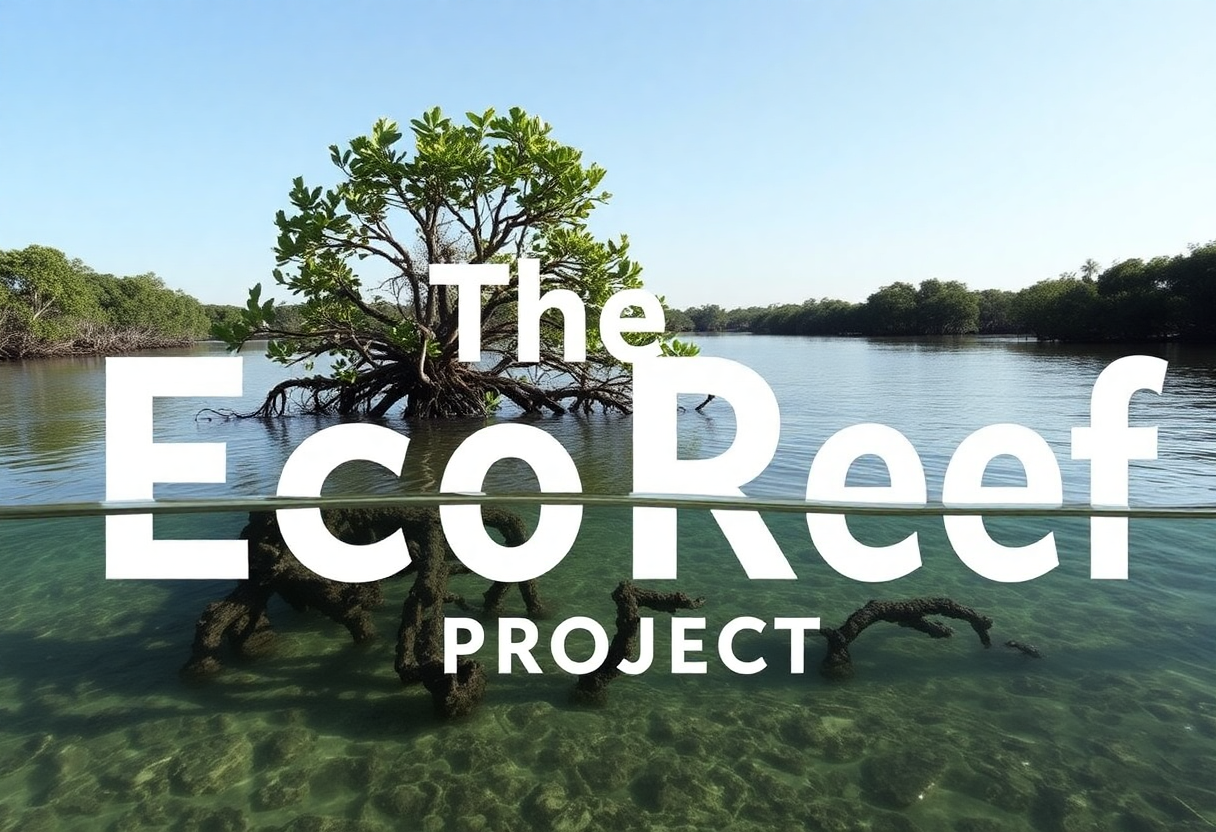

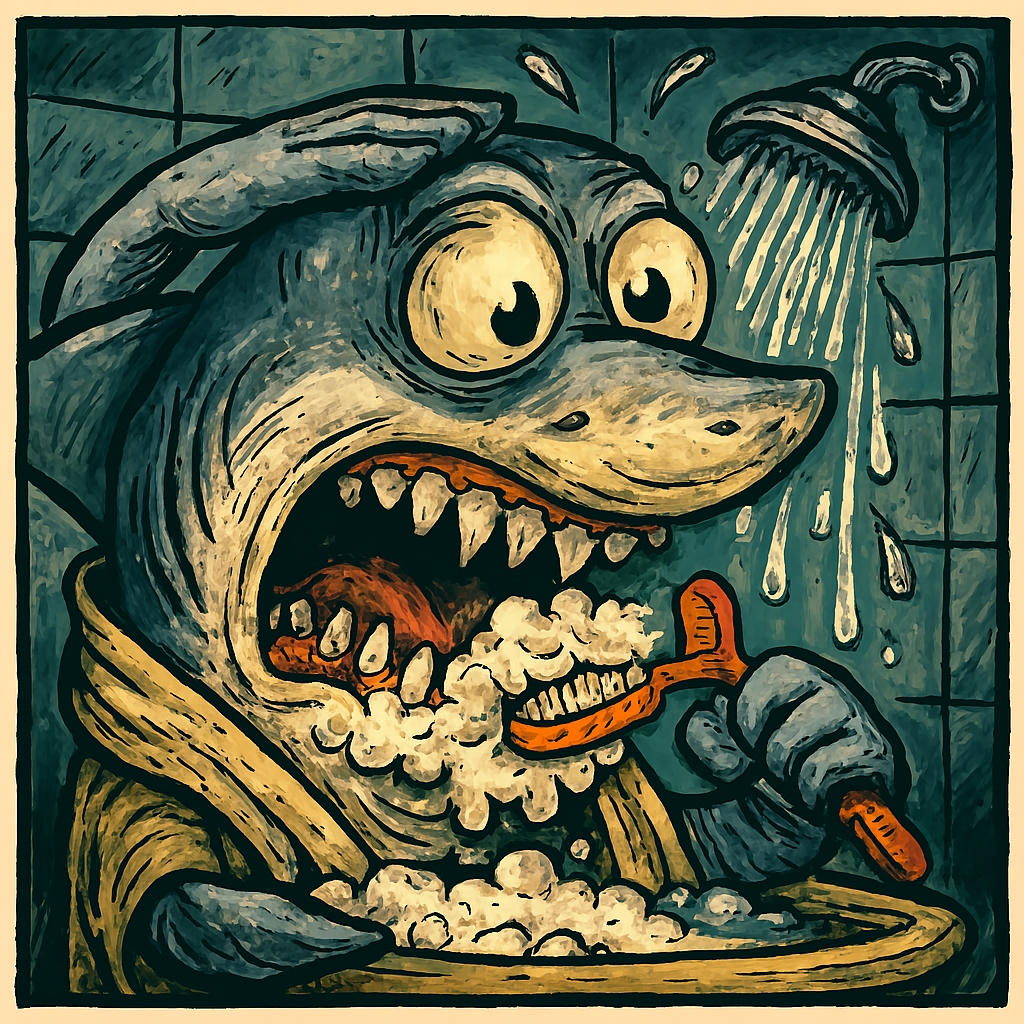





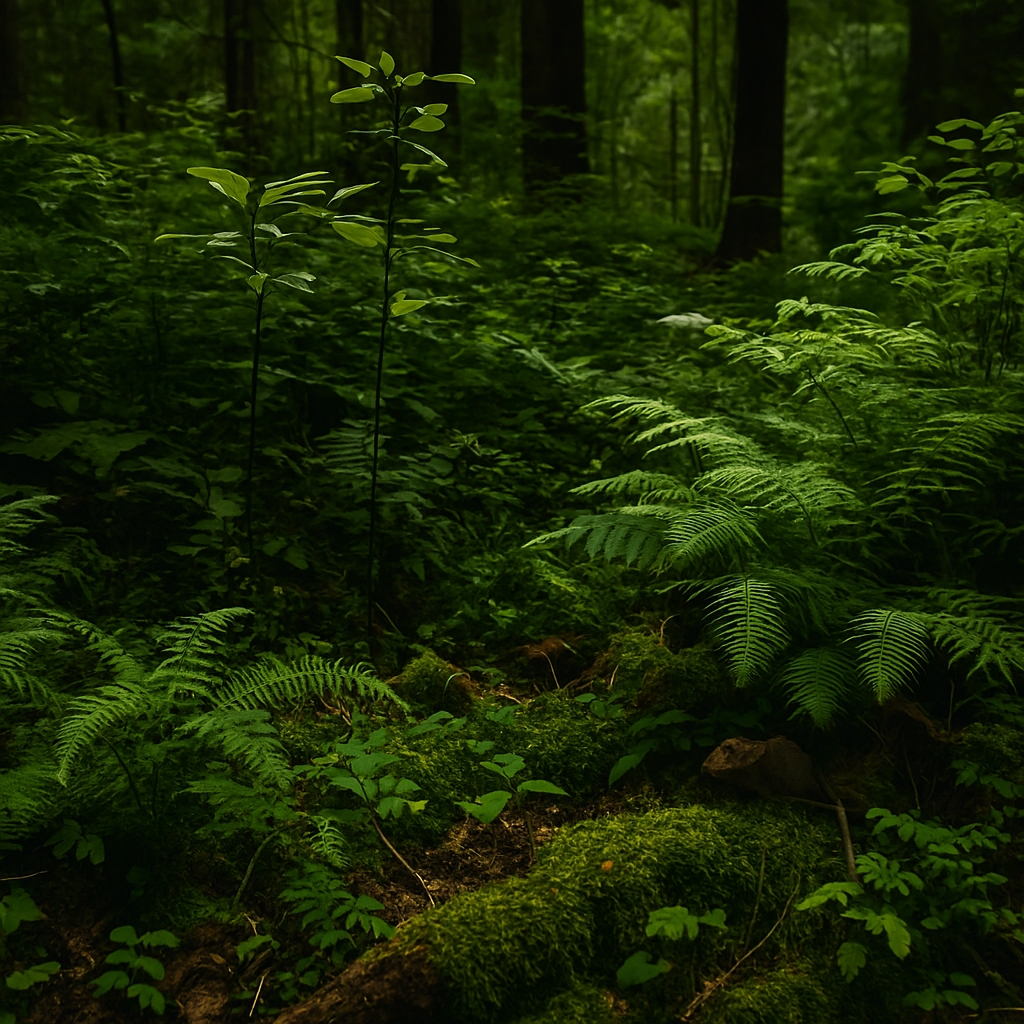
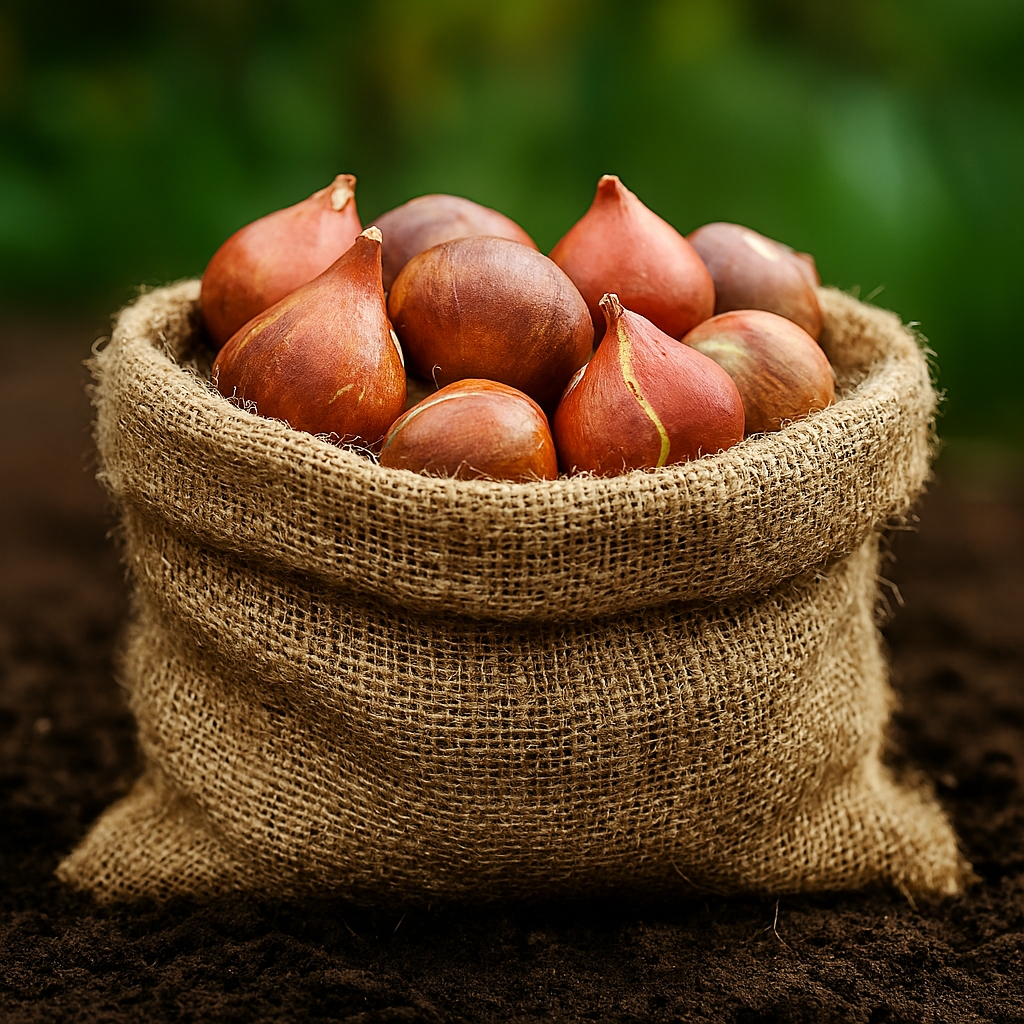
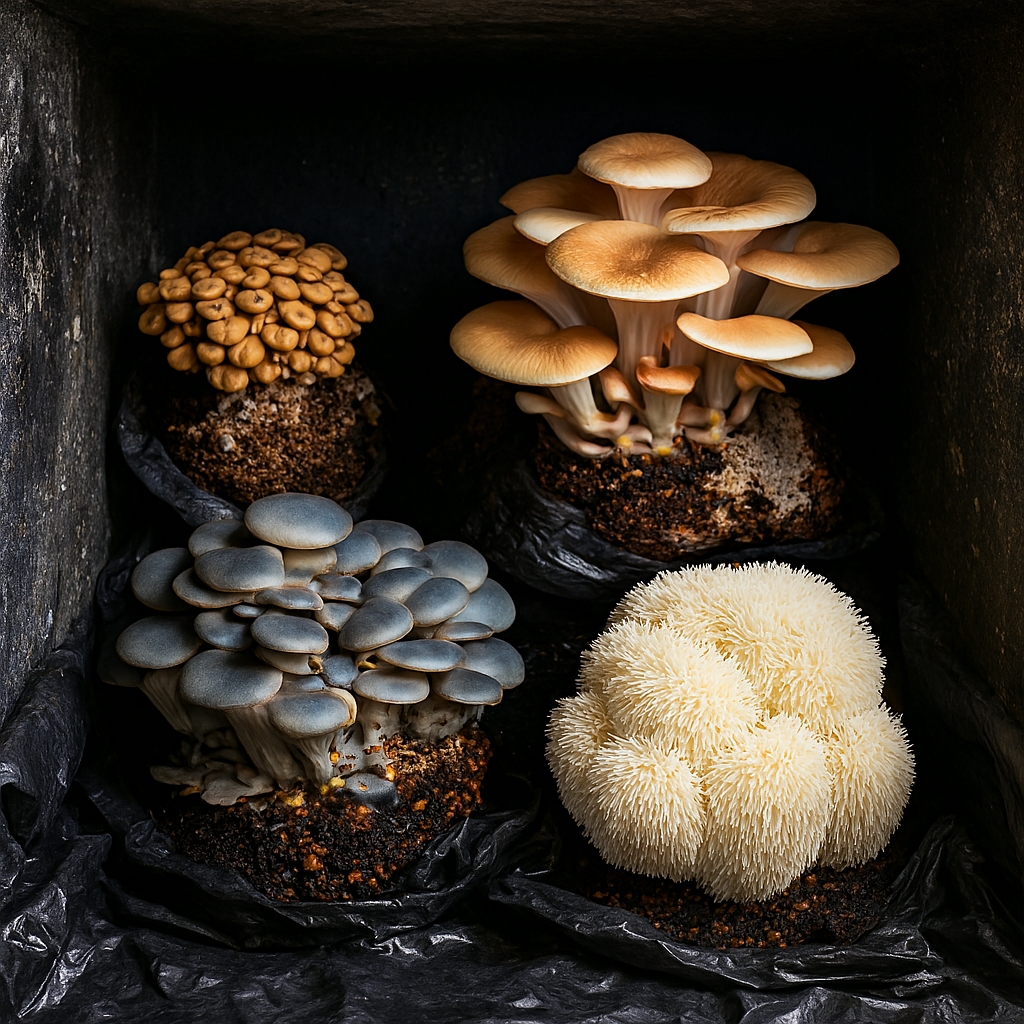

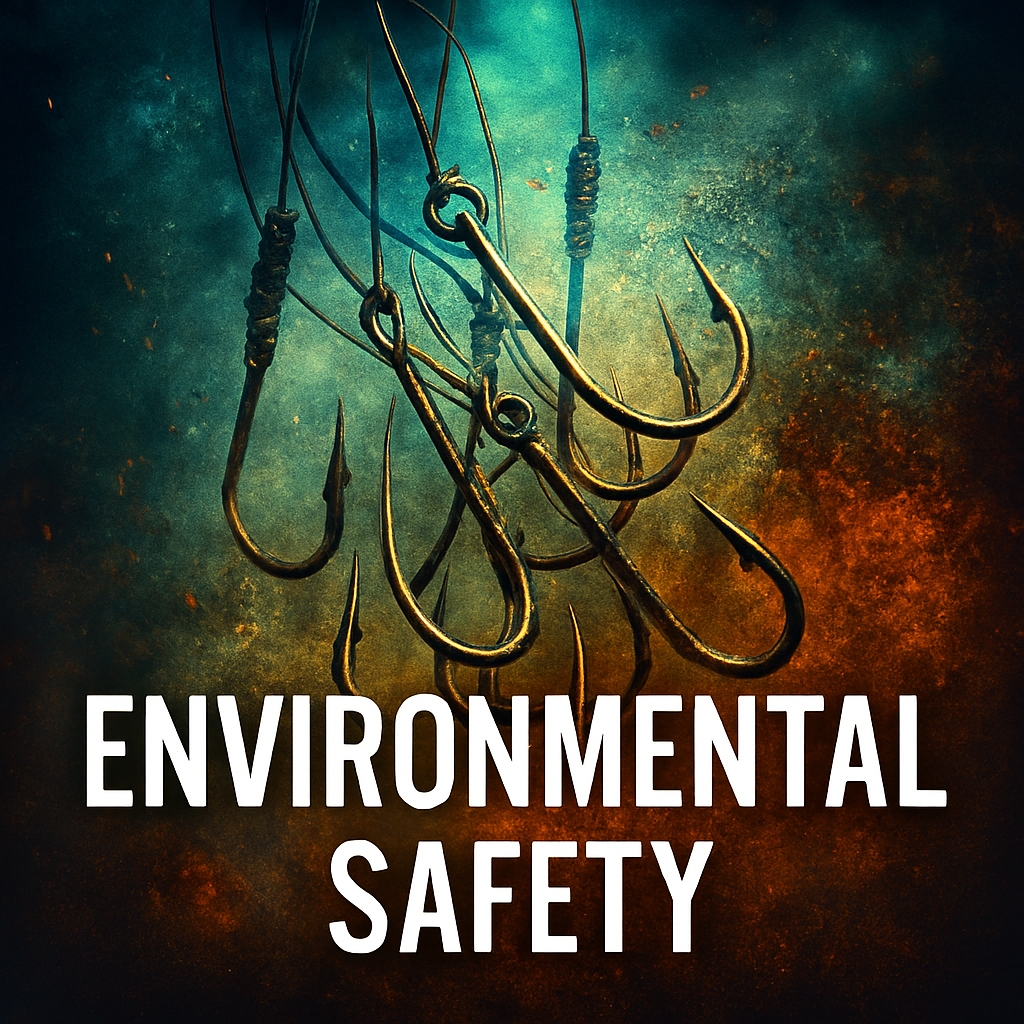



Leave a Reply